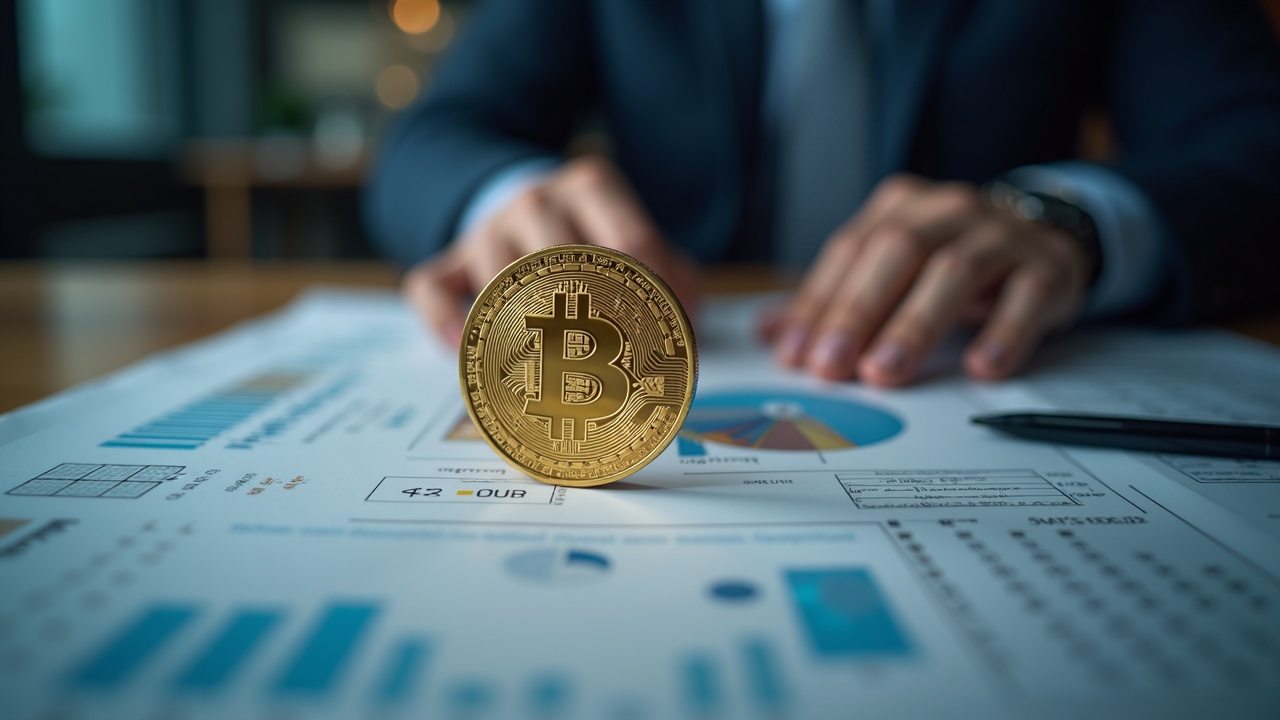President Trump’s proposal for a $2,000 “tariff dividend” has immediately captured the market’s attention, sparking a rally in cryptocurrency prices as traders assess the potential for a fresh wave of retail liquidity. However, significant hurdles in both funding and legislation cast doubt on its near-term feasibility.
A Catalyst for Market Optimism
The announcement of the proposed dividend acted as a direct catalyst for a modest crypto market rally. Following the news, Bitcoin (BTC) climbed 1.75% to surpass $103,000, while Ether (ETH) rose 3.32% to $3,487. This positive price action reflects a market sentiment that such a stimulus could mirror the effects of COVID-era payments, where a portion of the funds flowed into risk assets like cryptocurrencies.
The logic driving this optimism is straightforward: injecting hundreds of billions of dollars into the economy could boost consumer spending and investment. As analyst Anthony Pompliano noted, “Stocks and Bitcoin only know to go higher in response to stimulus”. This perspective suggests that the proposed dividend could provide direct liquidity to retail investors, who have historically allocated some stimulus funds to crypto markets.
Significant Hurdles to Implementation
Despite the market’s optimistic reaction, the proposal faces substantial challenges that make its immediate implementation unlikely.
A primary obstacle is the funding gap. While Trump suggested tariffs are generating “trillions”, actual revenue falls short of what’s needed. Tax expert Erica York calculated that providing $2,000 to 150 million adults would cost nearly $300 billion. However, after accounting for the broader economic impact on other tax revenues, the net new revenue from tariffs is only about $90 billion—far less than the proposed rebate.
Furthermore, the proposal requires Congressional approval, which is not guaranteed. Treasury Secretary Scott Bessent has already suggested the “dividend” might not be a direct check, but could come through existing measures like tax cuts on tips or overtime, which would have a more diluted impact on disposable income. This political uncertainty is reflected in prediction markets, where platforms like Polymarket and Kalshi give the dividend only a 16% chance of happening in 2025.

Navigating Economic Side Effects
Beyond the political and funding challenges, the policy carries potential economic side effects that could indirectly impact crypto markets.
Some analysts warn that a massive cash injection could push inflation higher. This could pressure the Federal Reserve to slow its interest rate cutting cycle, keeping financial conditions tighter for longer. Since crypto assets often perform well in a low-rate, easy-money environment, a delayed Fed pivot could act as a headwind, potentially offsetting the positive stimulus effect.
It is clear that the market is caught between short-term stimulus hopes and the complex realities of policy implementation. For traders and institutions, the key will be to monitor the legislative process and Supreme Court rulings on tariff authority, as these will be the true determinants of whether this proposed dividend moves from concept to reality.


